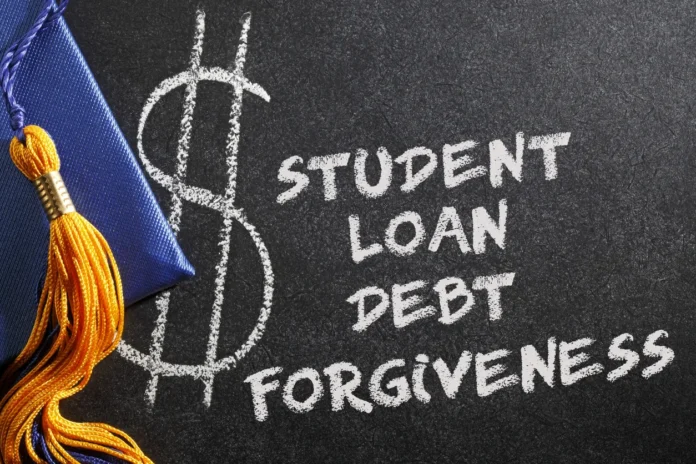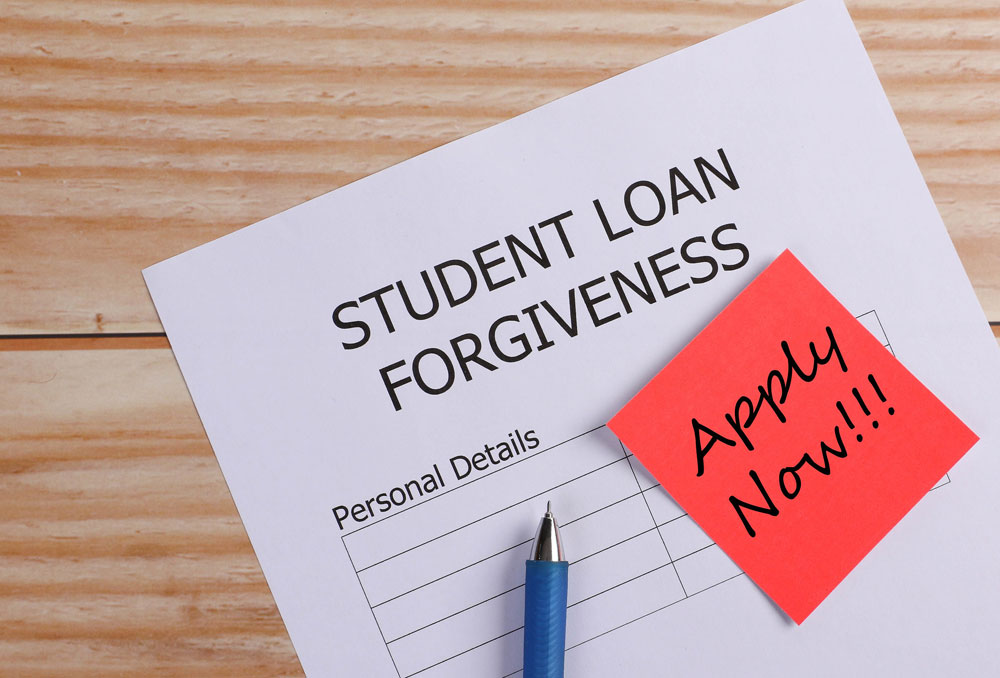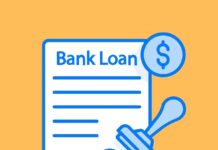For many Americans burdened by the weight of educational debt, federal student loan forgiveness offers a glimmer of hope. These programs can alleviate a significant part of the financial stress associated with higher education costs, potentially releasing borrowers from hundreds of thousands of dollars in student loans. However, navigating the prerequisites, understanding the various options, and successfully applying for these programs can be daunting.
In this article, we’ll explore the essential aspects of federal student loan forgiveness, helping you figure out if you might qualify and how to apply.
Different Types of Forgiveness Programs and Their Benefits

There are several federal student loan forgiveness programs, each with its unique advantages. The Public Service Loan Forgiveness program is a prominent option, as it may forgive the remaining balance of a borrower’s loan after 120 qualified payments while employed with a qualified employer. The Teacher Loan Forgiveness program is another example, providing forgiveness of up to $17,500 for teachers in eligible schools.
The Income-Driven Repayment Plan Forgiveness programs also offer a reprieve for borrowers who have been making payments under plans that calculate monthly dues based on their income. After 20 or 25 years of qualified payments, depending on the specific plan, borrowers can have the remaining balance forgiven, which is especially beneficial for those with significant debt relative to their earnings.
Each program not only assists with debt burden but also offers peace of mind and the ability to focus on personal and professional development without undue financial stress. The societal benefits are notable, attracting individuals to public service positions or educational roles that they might otherwise avoid due to lower salaries.
Navigating the Application Process for Loan Forgiveness
The application process for federal student loan forgiveness can be intricate and exacting. Borrowers must often submit an Employment Certification Form for PSLF annually or when they change jobs to verify that they are still working with a qualifying employer. Meticulous record-keeping and a thorough understanding of program requirements are vital.
For Income-Driven Repayment plans, borrowers must reapply each year, providing updated income information to recalculate their payment amounts. Failure to reapply or to document income accurately can lead to disqualification from the program. Knowing these deadlines and requirements is crucial for a seamless application process.
In some instances, processing times for forgiveness applications can be lengthy, and borrowers should continue to make their loan payments while their application is under review. During this period, communication with loan servicers is paramount to ensure that all submitted information is accurate and to track the progress of the application.
Understanding Federal Student Loan Forgiveness Programs

Federal student loan forgiveness programs are designed to help borrowers who meet specific conditions get their debt discharged, thus freeing them from their repayment obligations. The terms of forgiveness can vary widely based on the program, and typically center around factors such as occupation, repayment plan, and whether the borrower works in public service. Understanding these nuances is crucial for determining eligibility.
One common misunderstanding about these programs is that all loans or borrowers could qualify for forgiveness, which isn’t the case. Only federal student loans are eligible, and even then, borrowers may need to have made a certain number of payments or have loans of a particular type to be considered. The details can get complex, but the essential concept is that forgiveness is a relief option for those who meet stringent criteria.
The potential impact of these programs on individuals and the economy is significant. By reducing the indebtedness of qualified borrowers, the programs enable greater financial freedom and the ability to contribute economically without the heavy burden of student loans. Those interested in applying for federal student loan forgiveness should thoroughly research their options and prepare all necessary documentation.
Strategies to Maximize Your Chances of Obtaining Loan Forgiveness
To enhance the likelihood of obtaining loan forgiveness, borrowers need to strategize effectively from the outset. This involves choosing an eligible repayment plan and making consistent, on-time payments. Keeping detailed records of all payments and retaining proof of employment in a qualified job are prudent practices.
Furthermore, borrowers seeking forgiveness should regularly verify their progress with their loan servicer. This includes not only tracking the number of qualifying payments made but also ensuring that any changes in employment still meet the program’s requirements. An open line of communication with your loan servicer can avoid misunderstandings and provide clarity on your forgiveness timeline.
Altogether, while the benefits of federal student loan forgiveness can be substantial, obtaining it requires a clear understanding of the programs, meticulous preparation, and proactive management of one’s loans. By staying informed and organized, borrowers can navigate the complexities of student loan forgiveness and potentially free themselves from the burden of educational debt.







